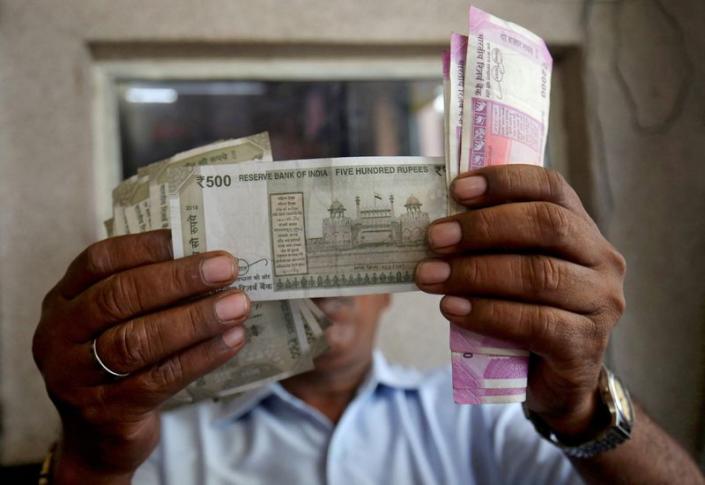The Indian government said it will prioritise infrastructure spending and debt repayments in the next financial year – starting on April 1 – with planned record borrowing of $200 billion.
Gross borrowing next fiscal year is expected to hit 16.0 trillion rupees, up from an estimated 14.2 trillion rupees in 2022/23, according to the median forecast of 43 economists.
Falling tax revenue and lagging economic growth has put pressure on the government’s ability to reduce borrowing in the short term.
Also on AF: Apple ‘to Raise India Production to 25%’ in Retreat From China
Debt doubles in four years
The federal government’s gross indebtedness has more than doubled in the past four years as Prime Minister Narendra Modi’s government has spent heavily to cushion the economy from the effects of the Covid-19 pandemic and to provide relief to the poor.
The February 1 budget will be the last full-fledged one before national elections in 2024 and before elections in several large populous states that will be key tests for the ruling Bharatiya Janata Party (BJP).
“The key reason gross borrowing is going to be still quite high is the repayment burden,” ANZ economist Dhiraj Nim said. “The government borrowed a lot in the last few years to have funds for the pandemic, which means the repayment burden will now be quite elevated for several years.”
IMF: Better Consolidation Plan Needed
The International Monetary Fund said last month India needed a more ambitious plan for fiscal consolidation to ensure debt would be sustainable in the medium term. The government says its current plan is already enough for the task.
The indebtedness of federal and state governments is equal to 83% of annual gross domestic product (GDP), a ratio higher than that of many other emerging economies. The country’s sovereign credit rating is just a notch above junk level.
“With the fiscal deficit and public debt at historical highs, India has to delicately balance fiscal discipline vis-a-vis the need to support growth. The government has to do the heavy lifting on capex,” Sujit Kumar, an economist at Union Bank of India, said.
Kumar added that infrastructure investment “will be an obvious preference” for spending but an economic slowdown will lower tax collection and that will limit the government’s ability to keep capital expenditure as fast as it has since 2020/21.
Capital expenditure record
The poll also showed the Indian government’s capital expenditure would increase to a record 8.85 trillion rupees, around 2.95% of GDP, in the coming fiscal year.
But growth in such spending would likely slow to barely half the pace of the past three years.
India needs plenty of government funding to overhaul infrastructure to fulfill its ambition of becoming an alternative to China as the world’s factory.
When asked what should be the two most pressing budget priorities, just half of respondents, 18 of 36, said fiscal discipline and infrastructure investment. The other 18 nominated job creation, education, healthcare or rural development.
India’s government will cut food and fertiliser subsidies to 3.7 trillion rupees, more than 25% below the level of around 5 trillion rupees budgeted for 2022/23, the poll found.
- Reuters, with additional editing from Alfie Habershon
Read more:
India Startups Cheer ‘Landmark’ Android Ruling Against Google
Chinese Suppliers Seek Partners to Make iPhones in India – ET
India Moves to Ban ‘Fake’ News in Latest Tech Crackdown























